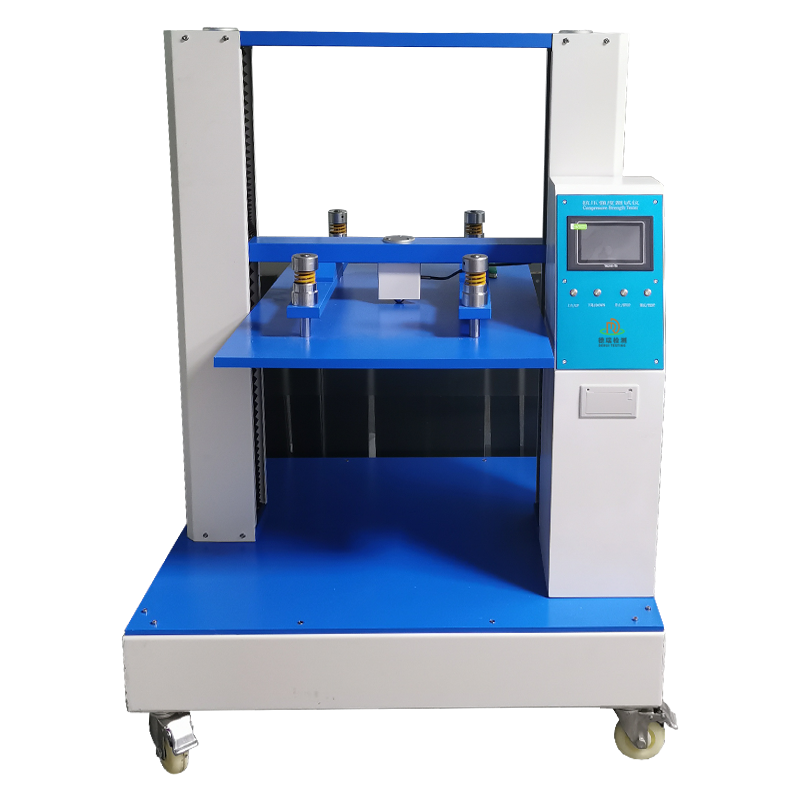
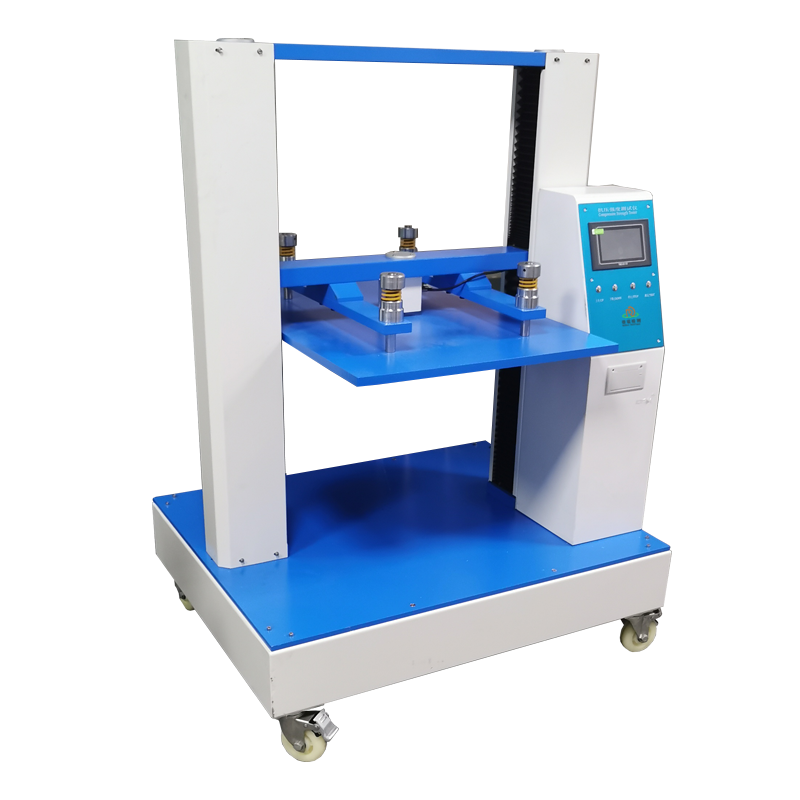
Intelligent cardboard box pressure testing instrument
198005.0 INR/Unit
Product Details:
X
Intelligent cardboard box pressure testing instrument Price And Quantity
- 1 Unit
- 198005.0 INR/Unit
Intelligent cardboard box pressure testing instrument Trade Information
- Cash in Advance (CID)
- 100 Unit Per Month
- 6 Days
- All India
Product Description
Plastic Container Compression Test Equipment
1. Brief introduction of the equipment
The Plastic Container Compression Test Equipment is a precision instrument designed to evaluate the compressive performance, deformation characteristics and overall structural stability of various types of plastic containers (e.g., plastic bottles, jars, drums, etc.) under vertical pressure. The equipment accurately measures the compressive strength, deformation and compressive stability of plastic containers by simulating the pressure they may be subjected to during actual use, transportation and stacking. It is widely used in the plastic packaging manufacturing industry, food and beverage industry, chemical industry and quality control departments to ensure that plastic containers comply with relevant standards and safety requirements.
2. Main Functions
- Compressive strength test: Evaluate the maximum load-bearing capacity of plastic containers in the vertical direction and test their pressure-bearing performance during stacking, transportation and storage.
- Deformation test: Record the deformation of containers under pressure, assess the degree of deformation and recovery ability.
- Stacking test: simulate the force of containers in actual stacking situation, evaluate its stacking stability and load-bearing capacity.
- Cyclic Pressure Test: The container is loaded and unloaded for several cycles to evaluate its fatigue performance and durability.
- Data analysis and report generation: Built-in data analysis software can automatically generate detailed test reports, including maximum compressive strength, deformation, loading curve and other key parameters.
3. Workflow
1.
Specimen Preparation: Place the plastic container to be tested between the platens of the test equipment to ensure that the location and direction of the container are in accordance with the test requirements.
2.
Parameter setting: Set the test parameters through the control panel, including loading speed, pressure range, displacement limit, etc. The device supports a variety of preset test modes. The device supports a variety of preset test modes, which is convenient for users to choose quickly.
3.
Loading process: Start the test equipment, the platen exerts pressure on the plastic container at the set loading speed. The equipment monitors and records the deformation of the container and the pressure applied in real time.
4.
Data Acquisition and Analysis: During the test, the equipment automatically collects pressure and deformation data and generates a test report at the end of the test. The report can be viewed on the built-in display or exported via USB port for further analysis.
4. Equipment features
- High-precision control: Adopting advanced control system, it can accurately control the parameters of loading speed, pressure and displacement to ensure the accuracy and reliability of the test results.
- Automated operation: Fully automated operation process reduces human intervention, improves testing efficiency, and ensures the repeatability of test results.
- Safety and Reliability: Equipped with multiple safety protection devices, such as overload protection, limit protection, emergency stop device, etc., to ensure the safety of the testing process.
- Data processing and analysis: Built-in data processing software can automatically generate test reports and provide data analysis functions to help users analyze the results and quality control.
- Sturdy structure: Made of high-strength materials, it has good rigidity and stability and can withstand large testing pressure.
- User-friendly interface: the operation interface is simple and intuitive, the parameter setting is simple and easy to operate, suitable for all kinds of users.
5. Application areas
- Plastic packaging manufacturing industry: used to assess the compressive strength and deformation performance of plastic bottles, cans, drums and other containers to ensure their safety during transportation and storage.
- Food and beverage industry: to ensure that plastic containers can withstand the corresponding pressure during transportation and storage, to maintain the integrity and safety of the product.
- Chemical industry: Evaluate the pressure resistance and safety of plastic containers during transportation and storage of chemicals to prevent leakage and breakage.
- Quality control: Quality control during the production process to ensure that plastic containers comply with relevant standards and customer requirements.
6. Frequently Asked Questions
Q1: What is the testing speed of the plastic container compression testing equipment?
A1: The testing speed is usually between 0.1-500mm/min, which can be adjusted according to different testing requirements.
Q2: How to ensure the accuracy of the test results?
A2: The equipment adopts advanced control system and high-precision sensors, which can accurately control the parameters of loading speed, pressure and displacement, and ensure the safety and reliability of the testing process through multiple safety protection devices to ensure the accuracy of the test results.
Q3: Is the operation of the equipment complicated?
A3: The equipment is equipped with user-friendly interface, simple parameter setting and convenient operation. The fully automated operation process reduces human intervention and improves test efficiency and repeatability of results.
Q4: What is included in the test report?
A4: The test report usually contains parameters such as maximum compressive strength, deformation, loading curve, etc. It also provides data analysis function, which is convenient for users to analyze the results and quality control.
Q5: Does the device support customized test parameters?
A5: Yes, the equipment supports the setting of different parameters such as loading speed, pressure range and displacement limit according to different materials and testing requirements to meet various testing requirements.
| Item | DR-B211-900 | DR-B211-1200 | DR-B211-1500 |
| Max. Force | 10KN(1000 kg ,2205lb) | 20KN(2000 kg, 4409lb) | 50KN(5000kg,11023lb) |
| Load cell | 1 load cell for highest accuracy | ||
| Control system | Dual control (Computer control with Windows mode+Touch screen control ) | ||
| Servo Motor | 400W | 750W | |
| Servo Driver | 400W | 750W | |
| Screws | Ball screws(Double ball guide rod design, high transmission accuracy, high transmission power efficiency) | ||
| Force reading | Gf, kgf, Ibf, N, KN, T etc | ||
| Load cell Resolution | 1/250,000 | ||
| Load Precision | within 0.5% | ||
| Effective test area (L x W x H) | 700x900x900mm | 1000x1200x1000mm | 1300x1500x1500mm |
| Compression Stroke | 0~900mm | 0~1000mm | 0~1500mm |
| Lift speed | 0.1~200mm/min | ||
| Software | Mtest HD-002-A(Independent R&D) | ||
| Data display | Load, displacement, speed, loading rate and elapsed time | ||
| Safety features | E-Stop Over-load protection Upper and lower limit switches Load sensor with automatic retreat | ||
| Report items | Serial number, peak value, average value, set pressure holding value, pressure holding time | ||
| Electrical Supply | 1phase, AC 220V, 500W, 50HZ | 1phase, AC 220V,550W,50HZ | 1phase, AC 220V,900W,50HZ |
| Overall Dimensions (L x W x H) | Approx.1510x1200x1645mm | Approx.1510x1200x1645mm | Approx.1865mmx1500mmx2235mm |
| Weight | Approx.350kg(772lb) | Approx.670kg(1477lb) | Approx. 1000kg(2205lb) |
| Operation Temperature and relative humidity | 10~40, 30~80% | ||
Tell us about your requirement

Price:
Quantity
Select Unit
- 50
- 100
- 200
- 250
- 500
- 1000+
Additional detail
Mobile number
Email




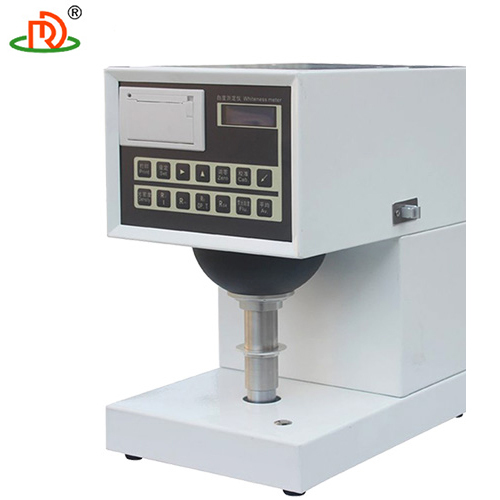
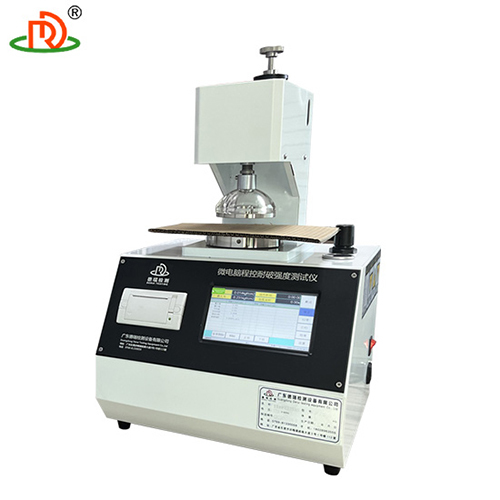
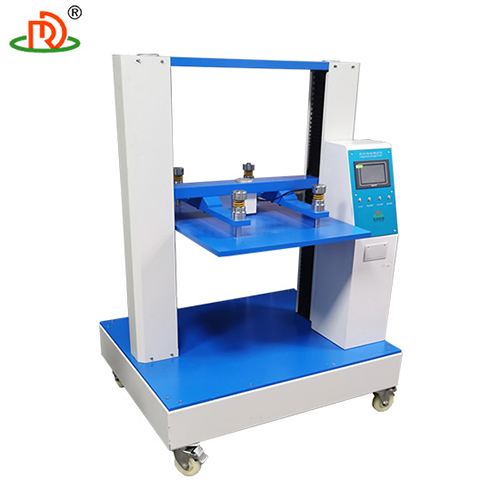
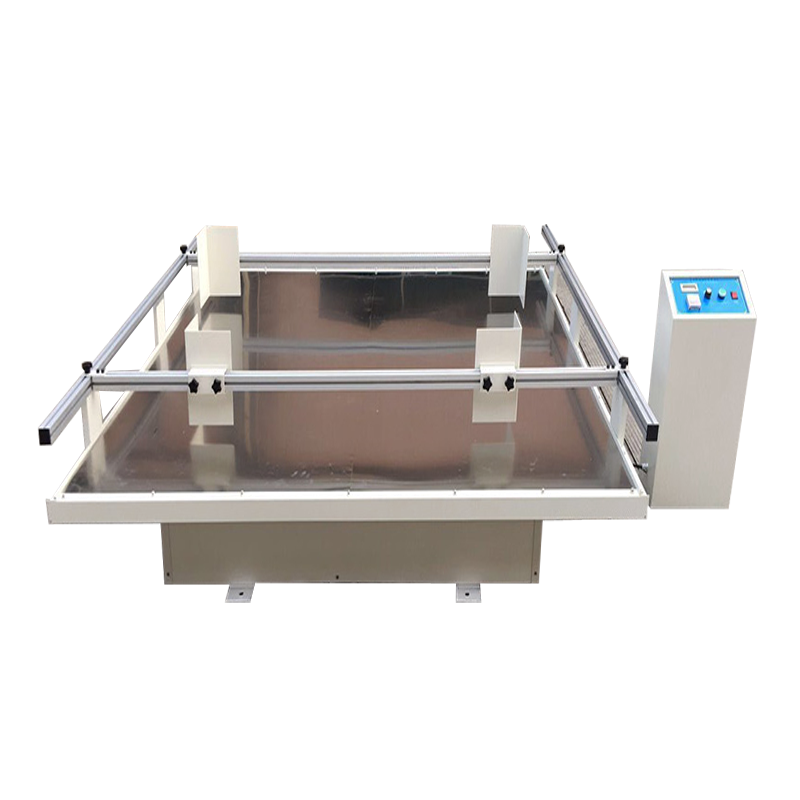

 English
English Spanish
Spanish French
French German
German Italian
Italian Chinese (Simplified)
Chinese (Simplified) Japanese
Japanese Korean
Korean Arabic
Arabic Portuguese
Portuguese